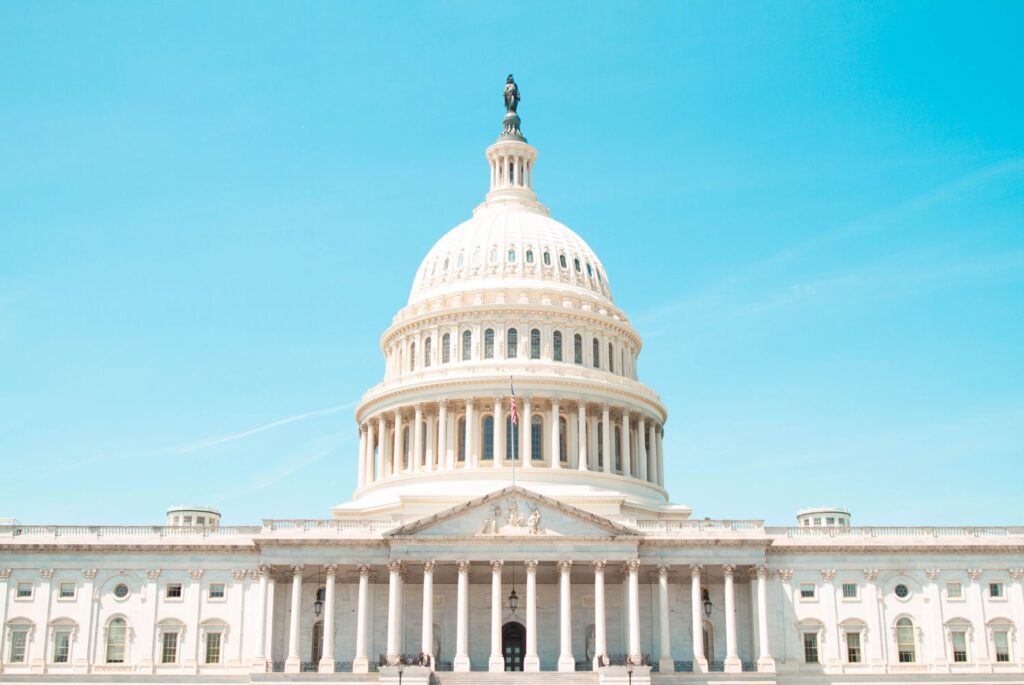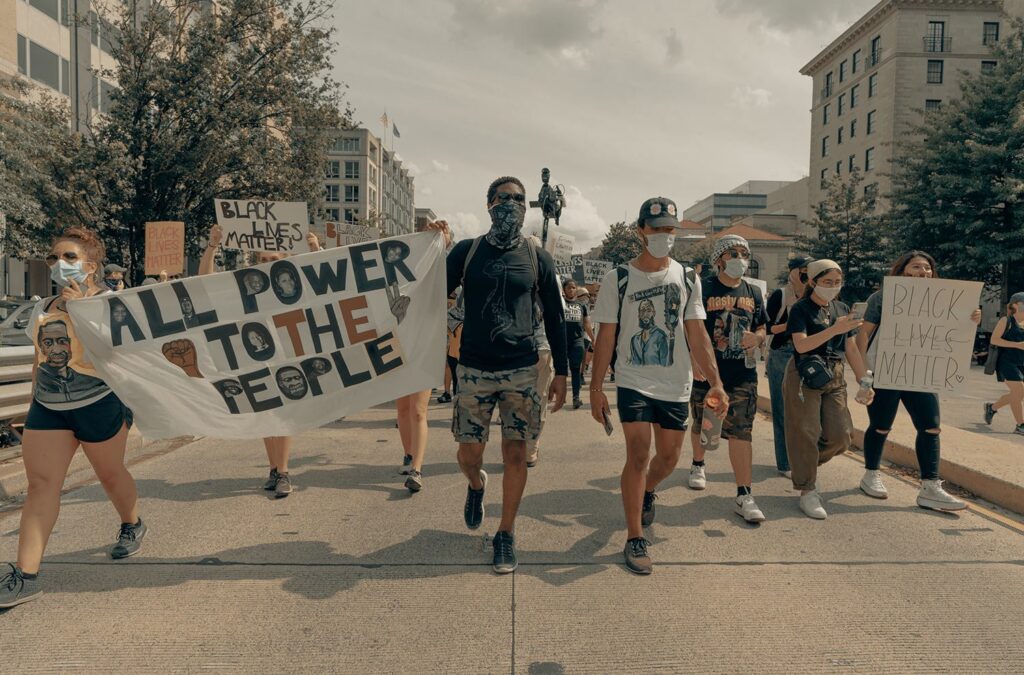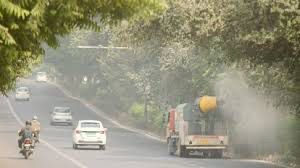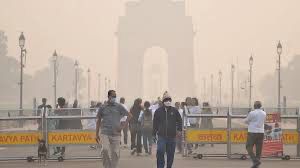Delhi Pollution Crisis
Delhi, the capital of India, is known for its rich history, vibrant culture, and political significance. However, in recent years, the city has gained notoriety for one of the most pressing environmental challenges it faces—air pollution. Every winter, as temperatures dip and the air becomes thick with smog, Delhi’s air quality reaches hazardous levels, threatening the health of its 20 million residents and exacerbating climate change. However, the issue is not limited to just seasonal spikes; air pollution in Delhi is a year-round crisis that demands urgent attention and action.
The Scope of the Problem
Delhi consistently ranks among the most polluted cities in the world, with air quality that frequently exceeds safe limits prescribed by the World Health Organization (WHO). Air quality in the town is primarily measured by the concentration of Particulate Matter (PM), particularly PM2.5 (particles smaller than 2.5 micrometers), which can enter the bloodstream and cause serious health problems. In the winter, Delhi often experiences “severe” air quality levels, with PM2.5 levels crossing 300 micrograms per cubic meter, while the safe limit is just 60 micrograms.
The Delhi Pollution Control Committee (DPCC) has regularly reported dangerously high levels of pollutants like nitrogen dioxide (NO2), sulfur dioxide (SO2), and ozone (O3), all of which contribute to a toxic cocktail of air pollution. This not only harms human health but also damages the environment, with significant implications for biodiversity and agriculture.
The Causes of Air Pollution in Delhi
If you want to know more about it, click here
Air pollution in Delhi is a result of multiple factors, both natural and human-induced. Some of the primary causes include:
Vehicular Emissions
Delhi’s rapidly growing population and the ever-increasing number of vehicles on the road contribute significantly to air pollution. In 2020, it was estimated that there were over 10 million vehicles in the city, and this number continues to rise each year. The majority of these vehicles run on diesel and petrol, which emit harmful pollutants like nitrogen oxides (NOx) and carbon monoxide (CO). Inadequate public transportation infrastructure further exacerbates the problem, as more people rely on private vehicles.
Burning of Crop Stubble (Stubble Burning)
One of the most significant contributors to Delhi’s air pollution, particularly in the winter months, is the burning of crop stubble in neighboring states like Punjab, Haryana, and Uttar Pradesh. Farmers, particularly those cultivating rice, set fire to the leftover straw after harvesting, as it is a cheaper and faster alternative to removing the residue. The smoke from these fires is carried to Delhi by wind currents, severely degrading air quality and causing a spike in particulate matter levels.
Industrial Emissions
Delhi’s industries, especially in areas like Okhla, Wazirpur, and Narela, contribute to the city’s pollution problem. Factories burn fossil fuels and release a range of pollutants, including sulfur dioxide (SO2), nitrogen oxides (NOx), and particulate matter, into the air. Despite several regulations in place, many industrial units continue to operate without proper pollution control mechanisms, adding to the toxic load in the air.
Construction Dust
Construction activities in Delhi are rampant due to rapid urbanization and the expansion of infrastructure. These activities generate vast amounts of dust and particulate matter, which are released into the air. Unregulated construction sites, lack of dust control measures, and road repairs all contribute to a constant haze that envelops the city.
Household Pollution
Many households in Delhi still rely on traditional forms of cooking and heating, such as wood, coal, and biomass. The burning of these fuels releases harmful particulate matter and carbon monoxide into the air. While the government has made some progress in promoting cleaner alternatives, such as liquefied petroleum gas (LPG), a large segment of the population still uses polluting fuels due to economic constraints.
Climate and Weather Conditions
Delhi’s geographical location and weather conditions also play a significant role in the persistence of air pollution. During the colder months, low temperatures and calm winds trap pollutants close to the ground, creating a phenomenon known as “temperature inversion.” This prevents the dispersal of pollutants and leads to the thick smog that blankets the city. Additionally, Delhi’s high population density and dense construction exacerbate the “urban heat island” effect, which can further concentrate pollution levels.
The Health and Environmental Impact
The health consequences of Delhi’s poor air quality are severe and widespread. Studies have shown that exposure to high levels of air pollution is linked to a range of respiratory and cardiovascular diseases, including asthma, bronchitis, heart attacks, and stroke. A report by the State of Global Air (2020) estimated that over 54,000 people in Delhi die prematurely every year due to air pollution-related illnesses.
Children, the elderly, and those with pre-existing health conditions are particularly vulnerable to the harmful effects of air pollution. The air also has a significant impact on mental health, contributing to increased rates of anxiety, depression, and cognitive decline, especially in the case of young children and elderly people who are most exposed to long-term pollution.
Air pollution also has devastating effects. It harms biodiversity by damaging plant life and disrupting ecosystems. For instance, high levels of nitrogen dioxide (NO2) in the air can impair plant growth, while ground-level ozone can affect crops, especially rice and wheat, which are staple crops in the region. Furthermore, air pollution accelerates the deterioration of historic monuments, including Delhi’s iconic Taj Mahal, due to the corrosive effects of sulfur dioxide and particulate matter.
Government Efforts and Solutions
The Indian government and the Delhi state government have introduced several measures in recent years to combat air pollution, but the problem persists due to its multifaceted nature. Some of the steps taken include:
Graded Response Action Plan (GRAP)
The GRAP is a set of emergency measures implemented by the Delhi government based on air quality levels. When the AQI (Air Quality Index) reaches certain thresholds, actions such as halting construction activities, reducing vehicular emissions, and even introducing odd-even schemes for vehicles are enforced.
Vehicle Emission Standards
Delhi has implemented strict vehicle emission standards, such as the introduction of Bharat Stage VI (BS-VI) fuel, which is a cleaner fuel standard. The government has also launched initiatives like the odd-even road rationing scheme, aimed at reducing the number of vehicles on the road during times of high pollution.
Promotion of Electric Vehicles (EVs)
To reduce vehicular emissions, Delhi has launched incentives for the adoption of electric vehicles (EVs), offering subsidies for electric cars, buses, and two-wheelers. However, the full impact of this transition will take years to be realized.
Crop Residue Management
Efforts have been made to encourage farmers to adopt alternatives to burning crop stubble, such as the use of machines that can chop and spread the residue back into the soil. However, the challenge lies in providing the necessary financial support and infrastructure to make these technologies accessible to small farmers.
Air Quality Monitoring and Public Awareness
The Delhi government has expanded the air quality monitoring network, providing real-time data on air quality. Public awareness campaigns have also been launched to educate citizens about the dangers of air pollution and ways to minimize exposure.
The Way Forward
Despite these efforts, Delhi’s air pollution crisis requires more comprehensive and sustained action. There is an urgent need to tackle the root causes of pollution—especially vehicular emissions, industrial pollution, and stubble burning—through stricter enforcement of regulations and the development of green technologies. Public transportation needs to be expanded and modernized, while the promotion of electric vehicles must be accelerated.
The city also requires greater investment in clean energy alternatives and the development of sustainable urban planning solutions. Above all, inter-state cooperation is crucial, especially with neighboring states like Punjab and Haryana, to effectively manage agricultural residue burning.
As the situation stands, Delhi’s air pollution remains a significant public health crisis. However, with concerted efforts from the government, industries, and citizens, it is possible to bring about meaningful change and ensure a cleaner, healthier environment for future generations.
Conclusion
Delhi’s air pollution problem is a complex, multifaceted issue that demands urgent attention from all stakeholders. While there have been some notable improvements, the city still faces significant challenges in reducing air pollution to safe levels. With continued efforts, innovative solutions, and strong political will, Delhi can aspire to breathe easier in the future. But the road to clean air will require collective action and a long-term commitment to sustainability.


 English
English 























































































